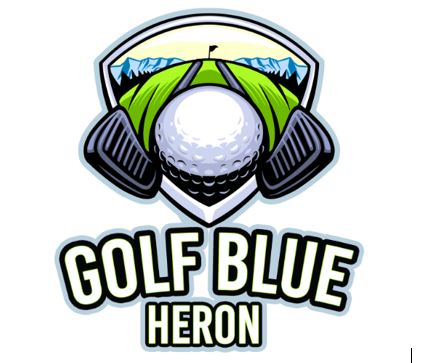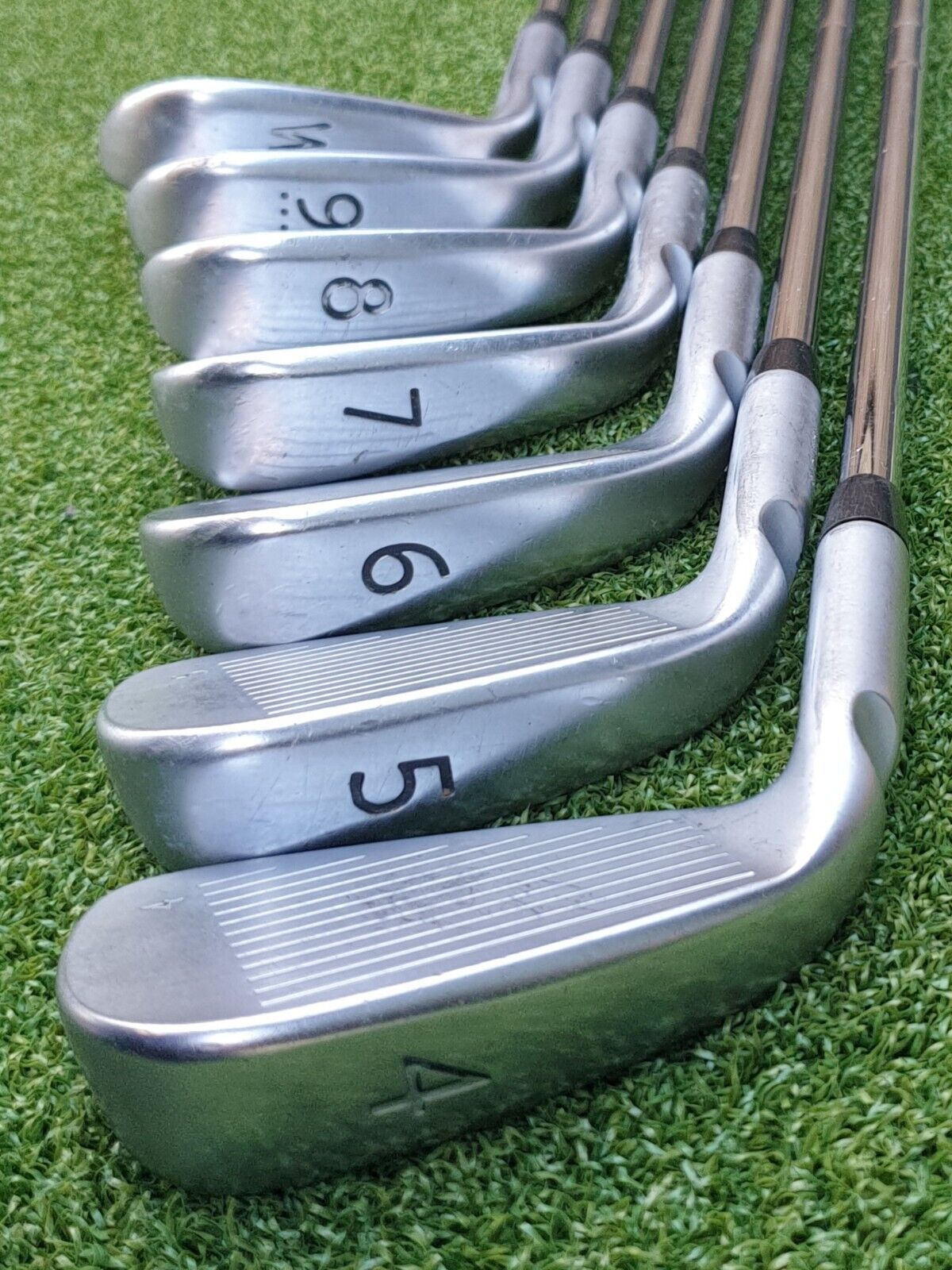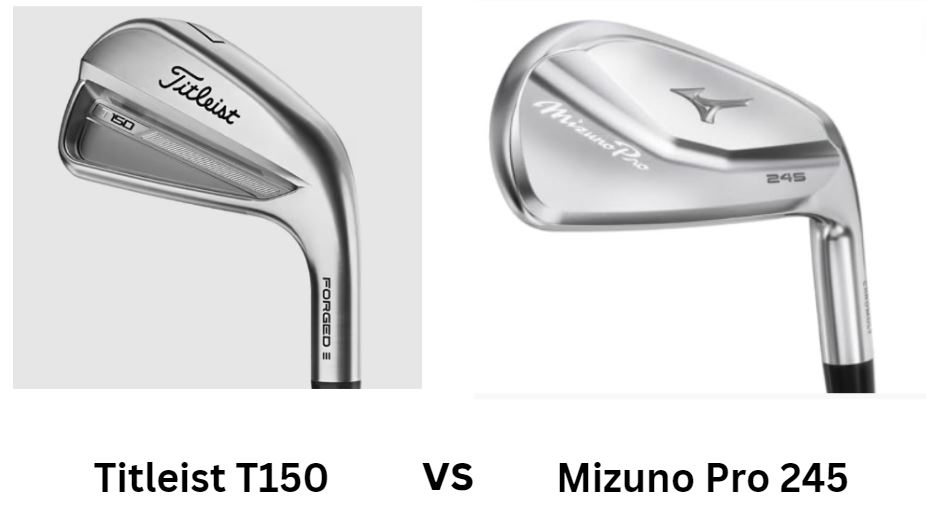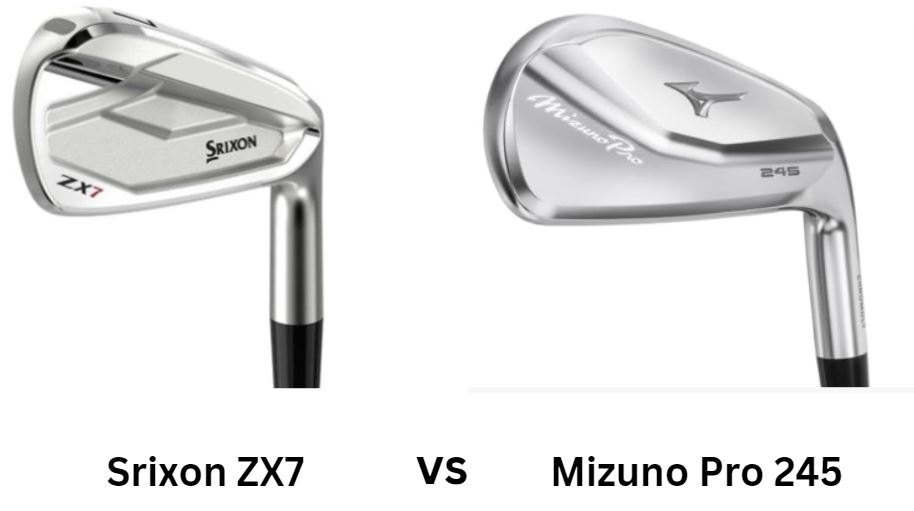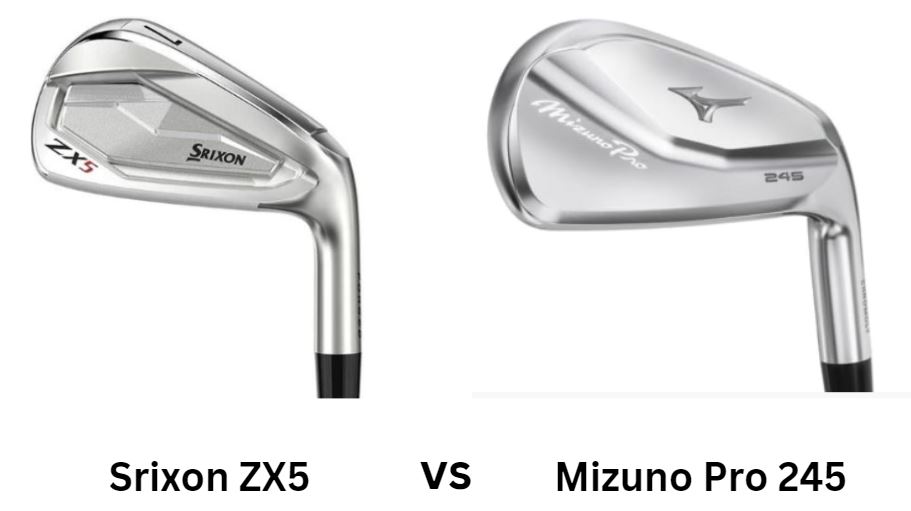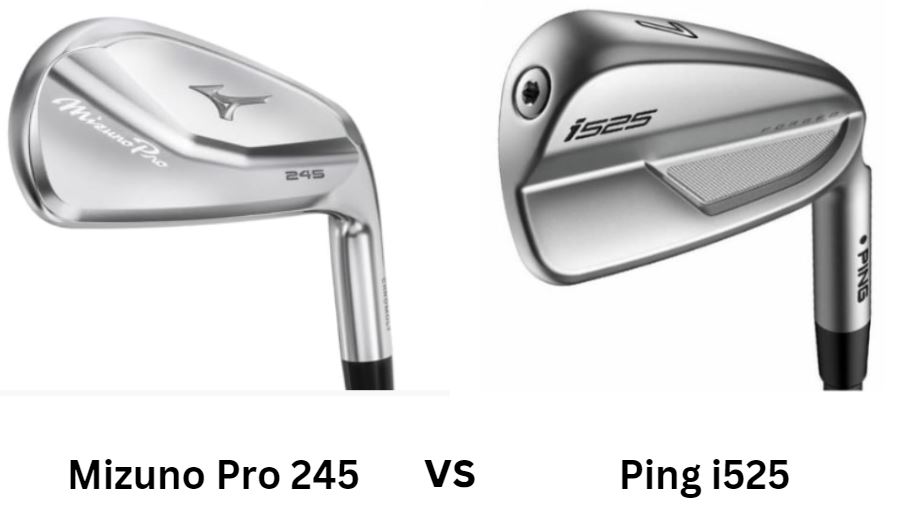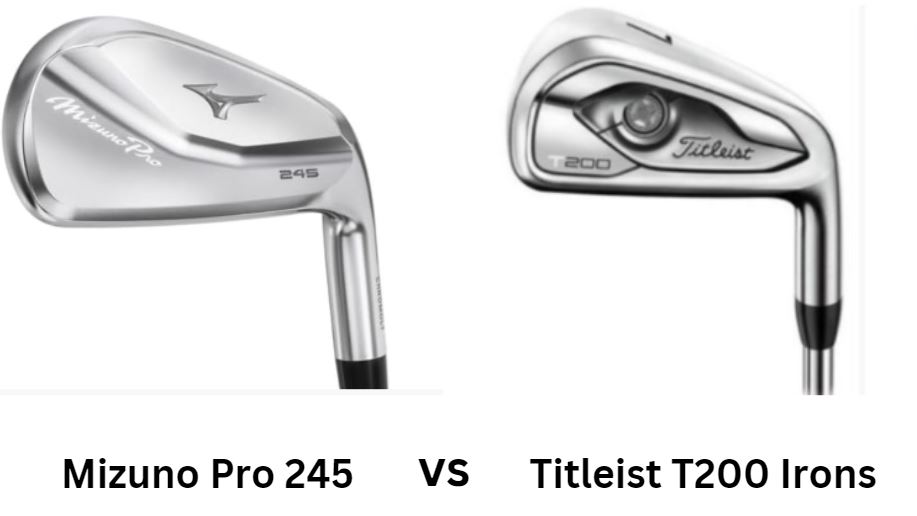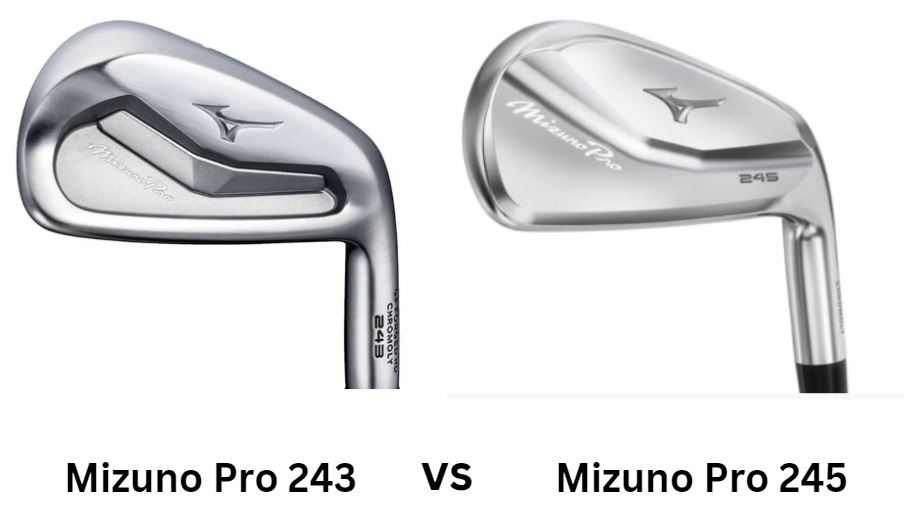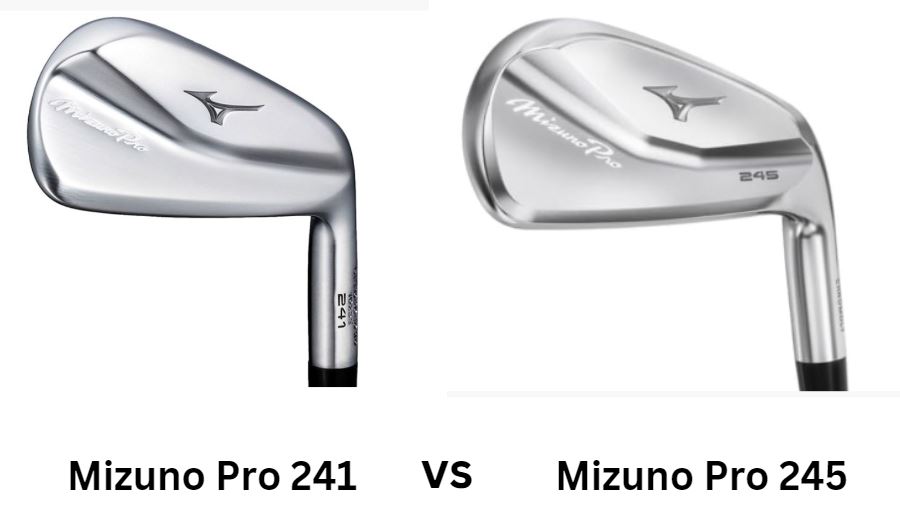Ping i20 Vs Ping i25 Irons Comparison Overview
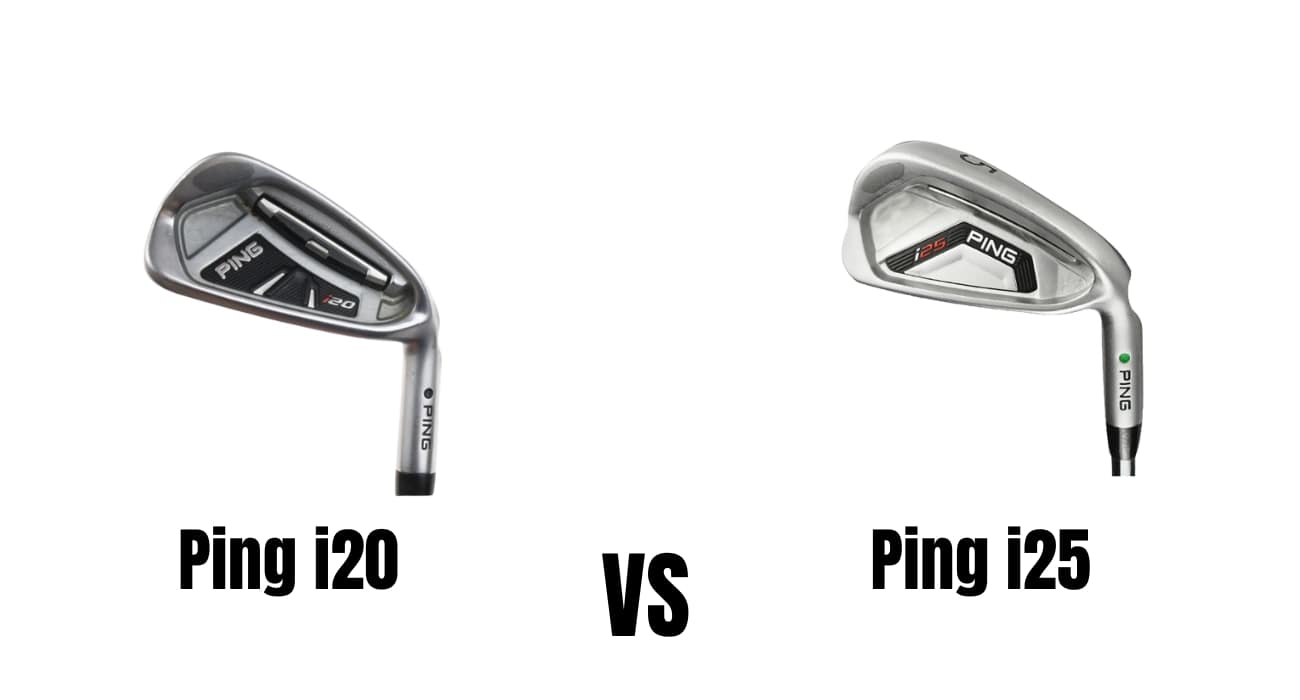
Two years after the launch of the Ping i20 irons, the Ping i25 were unleashed upon the golfing populace.
Many people at the time felt that the Ping i25’s were an improvement over the Ping i20’s; but also that they marked a sort of change in direction for game improvement irons.
The Ping i25’s sort of straddle the line between game improvement and player’s performance. After all, the Ping i20’s were considered irons meant for better players. So what would an updated comparison of these two iron sets reveal? Let’s take a look.
Ping i20 Irons Overview
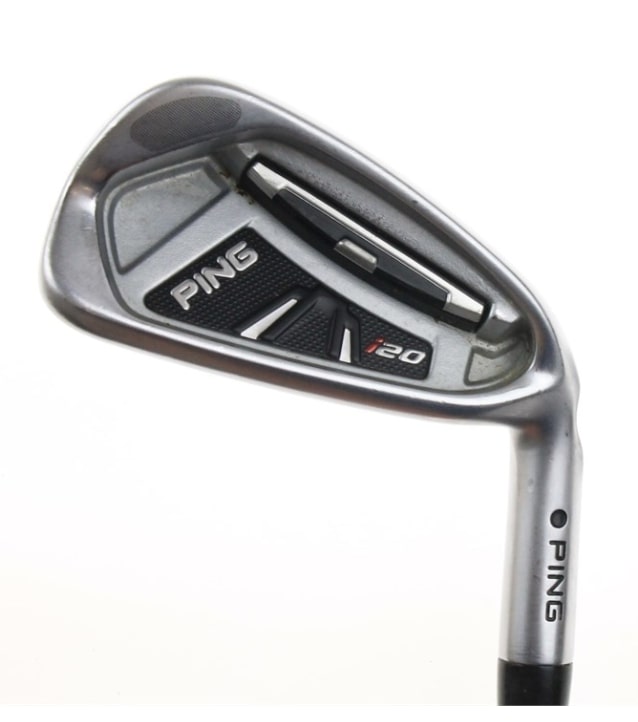
“The Ping i20 irons feature a large cavity area and a Custom Tuning Port which has been situated low in the head.”
This gives the Ping i20 irons a high launch and low CG. The Ping i20 irons also feature high-density tungsten toe weight. For our testers, this sort of rounded out the CG so that it was low but also covered the perimeter of the face. What we ended up with was great forgiveness on mis-hits and shots that launched high with very little effort.
These irons also feature stabilizing bars to increase MOI and preserve your ball speed. The face of the Ping i20 irons also felt thicker and a bit stronger than the Ping i25 irons. This was a good feeling for our lower handicap testers; but not so much for our higher handicap testers.
Ping i25 Irons Overview
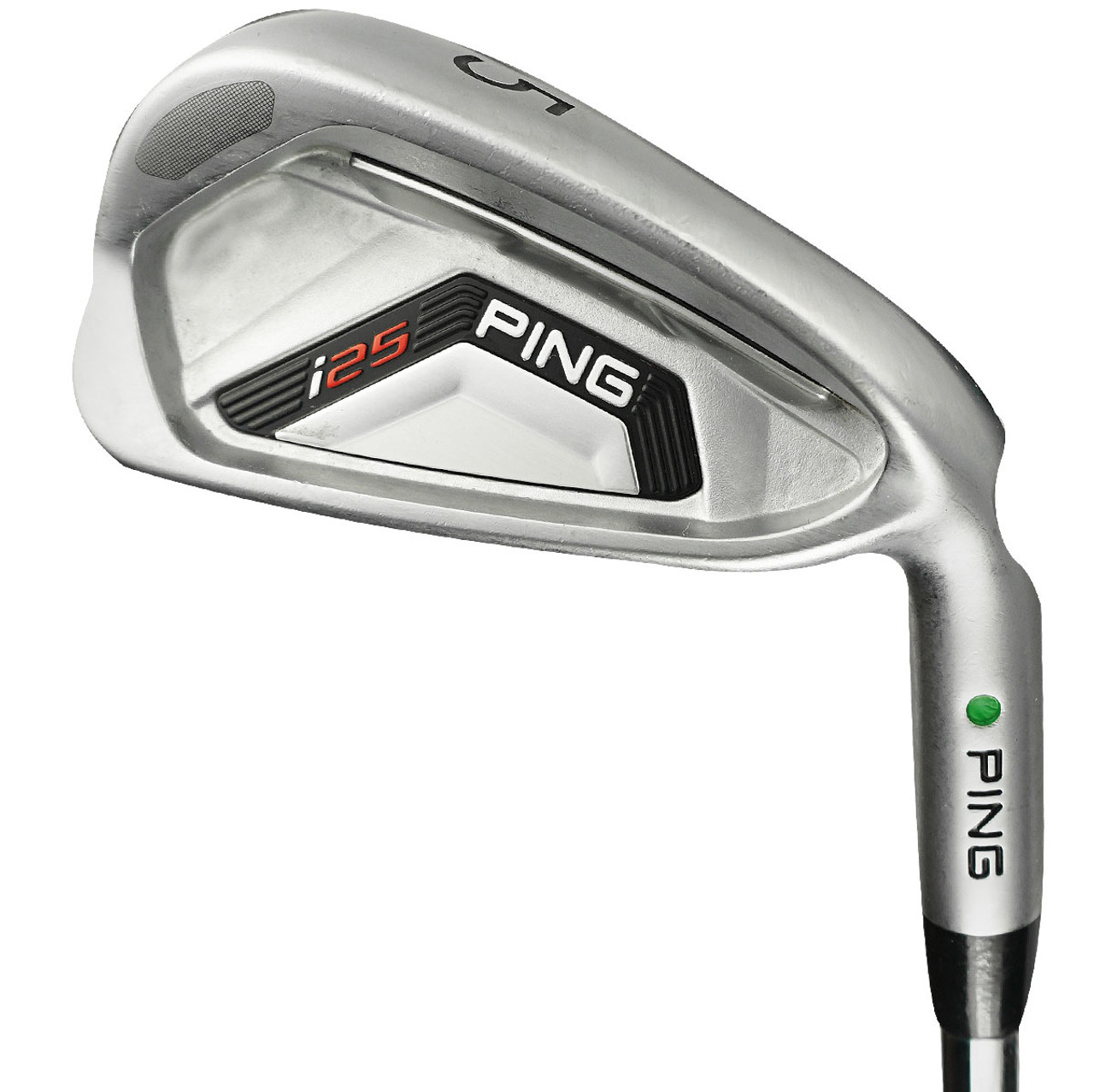
“The first thing we noticed when comparing these irons was that the Ping i25’s have a larger cavity area.”
The Ping i25 irons are really interesting because even though the cavities are larger and the soles are a bit wider, the overall size of the heads are smaller. There is also less offset throughout the set compared to the Ping i20’s.
We really liked the Ping i25 irons because they gave you a bit more game improvement feel without sacrificing any workability. We also liked that the Custom Tuning Port was less noticeable in the mid and short irons of this set.
“Both the Ping i20 irons and the Ping i25 irons are progressive sets. However, we feel that the look of the Ping i25s is a lot better than the Ping i20’s. Forgiveness and distance are pretty much equal though. The Ping i25’s would be better for mid to high handicappers while the Ping i20’s are still for better players in the 10-5 handicap range.”
Ping i20 – First Impressions
“Even with a fairly large cavity back, the Ping i20 irons somehow still have a sleek, classically Ping vibe to them.”
A lot of that has to do with the revised Custom Tuning Port. Around the time of the Ping i20 irons, Ping really started tweaking the size, placement, weight and appearance of the Custom Tuning Port.
In previous iron lines, the CTP was a bit bulky and ugly. When the Ping i20 irons came along, they looked much less noticeable. So the Ping i20 irons look rather modern even though they were released back in 2012.
When we started testing the Ping i20 irons, we were impressed with the easy launch. High handicap players will have no problem getting the ball airborne and mid handicappers will love the steep descent angles around the green. These are relatively weak-lofted irons with the 9-iron checking in at 41°.
Ping i25 – First Impressions

“Our first impression of the Ping i25 irons was that they looked sleek and clean.”
And that’s saying something because the Ping i20 irons looked sleek and clean too. The Ping i25’s look even better. Our better players were also impressed with the distance these irons yielded. Our best tester was able to squeeze 171 yards out of the Ping i25 7-iron consistently.
We also noticed pretty steep descent angles as well so they perform well around the green. Overall, the Ping i25’s are certainly an upgrade over the Ping i20 irons; just not a huge upgrade. The Ping i25 irons impressed us in much the same way the Ping i20’s did: they look great, launch high and provide good long and short game performance.
The most significant differences were that the Ping i25 irons played longer and were slightly more forgiving.
Ping i20 Selling Points
- Rear stabilizing bars
- Custom tuning port
- Progressive CG
- Progressive offset
- Toe weighting
Ping i25 Selling Points
- Progressive CG
- Progressive offset
- Custom Tuning port
- Stabilizing bars
- Deeper cavities than the Ping i20 irons
Who Are the Ping i20 Irons for?
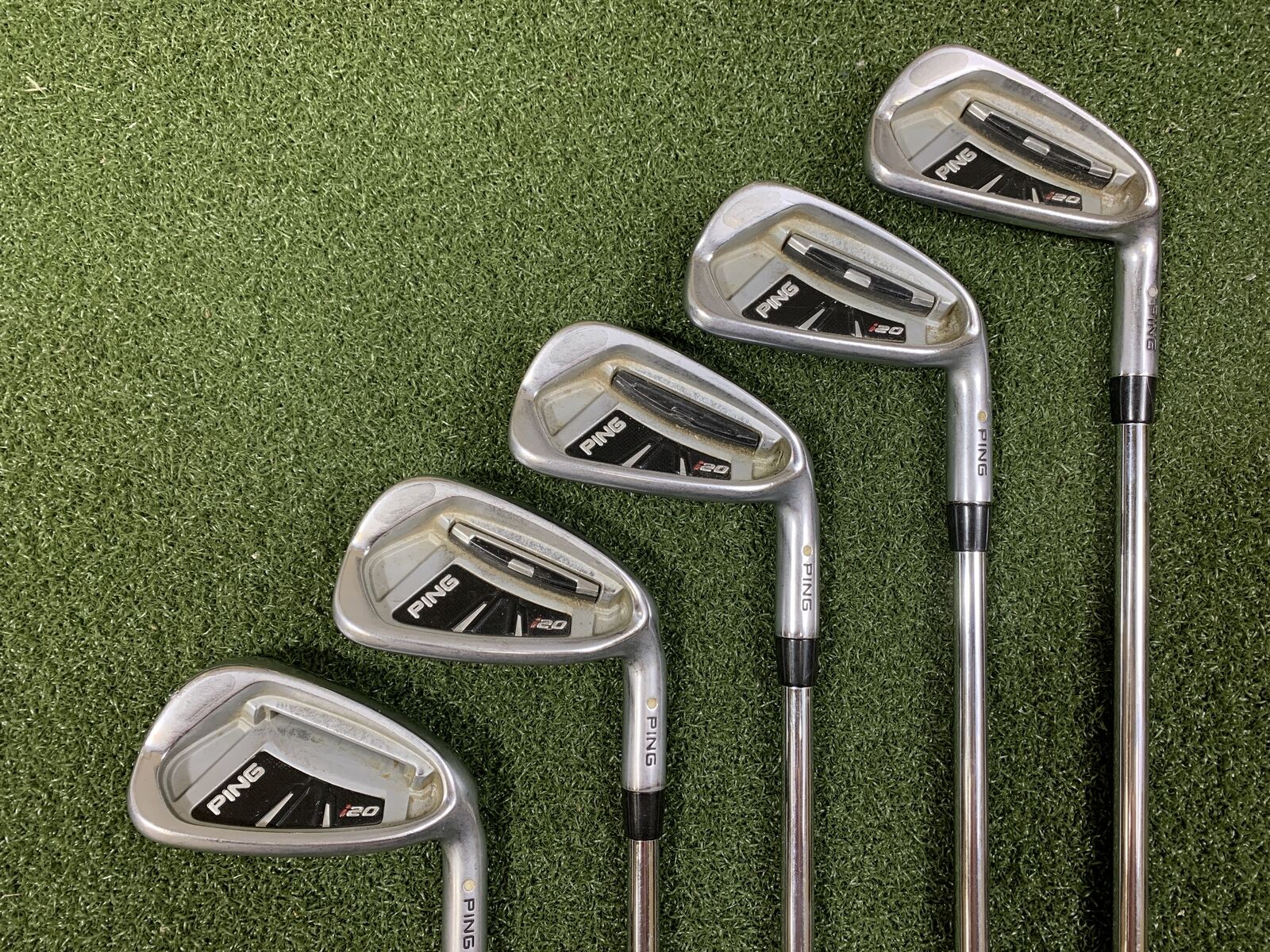
We would recommend the Ping i20 irons to any player with a handicap between 20 and 12.
One of the things that we really liked about these irons for better players was the progressive CG. Of course, the CG in the long irons is nice and low; but as you work down the set, you will notice that the CG is just a bit higher. This is what makes it ideal for mid handicappers – you still get a good degree of forgiveness in the long irons but the set becomes increasingly workable as you approach the green.
High handicappers will love the easy launch and feedback that these irons offer too. The toe weighting will cover up your mis-hits in that area and some players will actually get straighter shots. These are decent clubs to correct your slice too.
The i Family of Irons
The Ping i20 irons aren’t the only game in town.
If you would like a set of Ping “i” irons that offers a bit more in terms of consistency and feel, the Ping i25 irons would be a good fit for you.
The trend in the early 2010’s seemed to be to make every subsequent iron model look sleeker. And indeed, the Ping i25 irons have a sleeker and more appealing design than the Ping i20 irons. In terms of performance, the Ping i25’s are actually a bit more forgiving than the Ping i20 irons.
The Ping i25’s feature a larger cavity area in the back and the soles are a bit thicker than the Ping i20’s as well.

